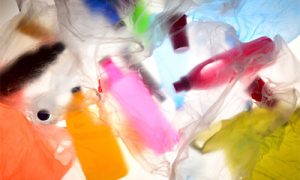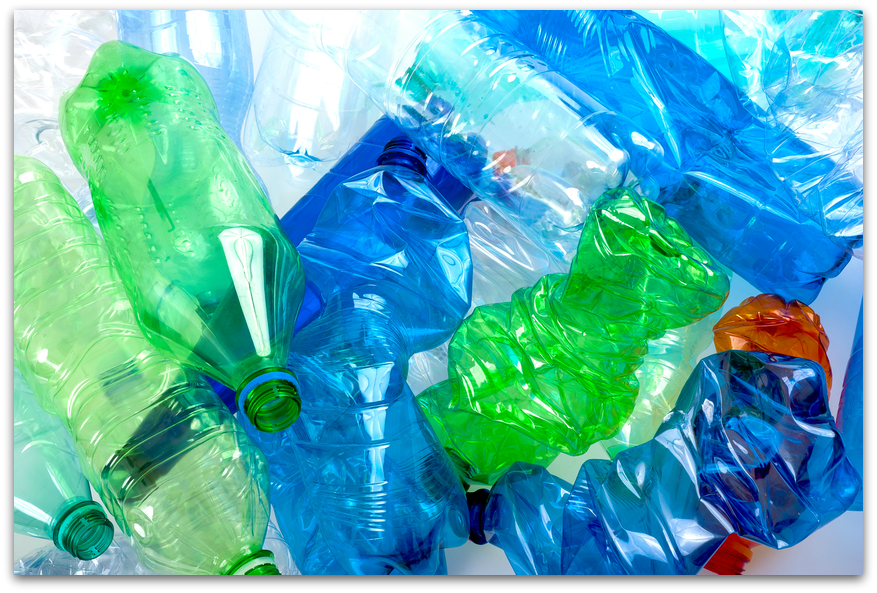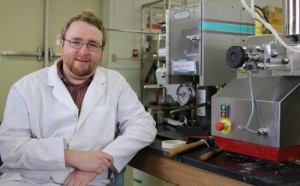 Plastic, it’s very handy. It’s lightweight, corrosion-resistant, durable, and yet, it’s also hazardous to the environment.
Plastic, it’s very handy. It’s lightweight, corrosion-resistant, durable, and yet, it’s also hazardous to the environment.
This led to the workshop “Closing the Loop on the Plastics Dilemma”—hosted by the Chemical Sciences Roundtable in Washington, DC—which asked chemists, chemical engineers, and participants in related fields to reimagine how plastics are created, used, and managed.
The National Academies of Sciences, Engineering, and Medicines shares what took place at the May 2019 workshop, including presentations and discussions, available now in the Proceedings in Brief. (more…)



 A team of researchers from the University of Toronto is looking to give wasted materials new value by developing a new catalyst that could help recycle carbon dioxide into plastic.
A team of researchers from the University of Toronto is looking to give wasted materials new value by developing a new catalyst that could help recycle carbon dioxide into plastic. Researchers have developed an inexpensive and scalable technique that can change plastic’s molecular structure to help it cast off heat.
Researchers have developed an inexpensive and scalable technique that can change plastic’s molecular structure to help it cast off heat. Researchers have taken a step toward the development of renewable plastics – a promising transformation from current plastics made from oil. The biodegradable material is possible due to the creation of a new catalyst.
Researchers have taken a step toward the development of renewable plastics – a promising transformation from current plastics made from oil. The biodegradable material is possible due to the creation of a new catalyst.
